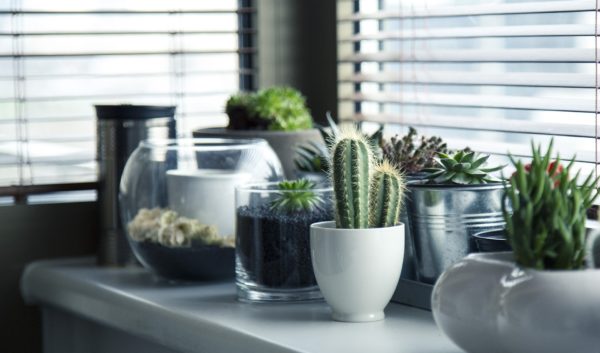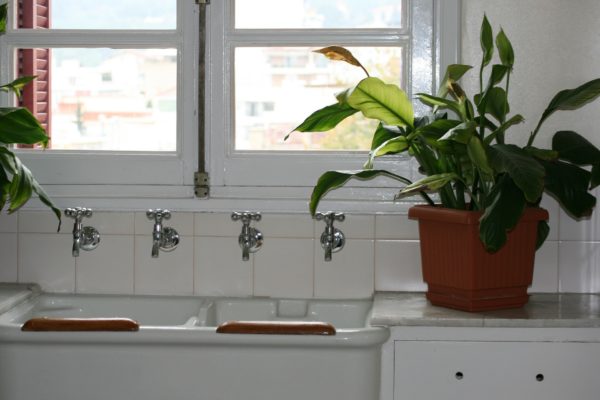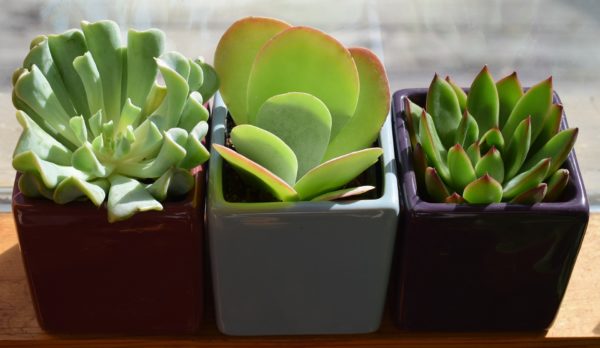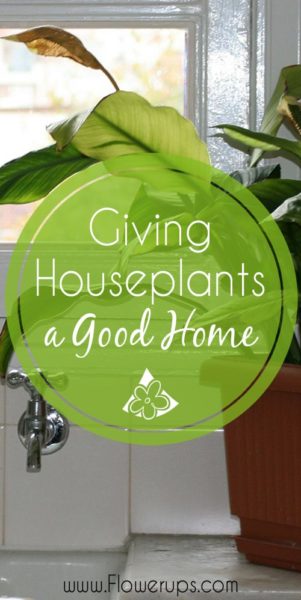Are you ready to put down roots? Is your house?
So, you want a gorgeous indoor garden, lovely houseplants in a hanging planter or a container garden? Before buying new plants, take a look around your house and assess what environment it would offer a new plant.
We have lately read tons of articles about perfect plants to keep the air clean, plants you can’t kill, plants that don’t need light, and more. But, we don’t hear about matching the plant to the environment and the grower. What type of climate will your house offer to the plant?
It is like a job interview. We might find the perfect job for us, but are we the perfect person for the job? “My biggest fault? Oh, it must be that I am TOO bright and sunny.” Don’t worry, you got the job – but choose a plant that loves sun!
So, while we might find a “perfect plant that you just cannot kill” on the internet – are you and your home right for that plant? If not, what types of plants are best for you? Let’s find out.
Light for Indoor Plants and Hanging Plants
Of course, houseplants and hanging plants, like all plants, will need appropriate light for growth. For the most part, plants will require low light, partial sun or full sun.
It’s pretty easy to figure out what type of light your windows will offer an indoor plant. Take a look around your home. What direction do the windows face? Are they shaded or do they let the light right in? Different rooms in your house will have different light conditions for your indoor plants.
- Low light
- Windows that face mostly to the north, allowing in only reflected light
- Eastern or Western facing windows that are shaded or where the blinds are drawn most of the time.
- Partial sun –
- Windows that are situated to the east or west, which would only allow in a few hours of direct light, and several hours of reflected light per day.
- Southern facing windows that are shaded or where you have blinds blocking most of the sun
- Full sun
- Windows facing south where plants would get many hours of direct light per day.
Humidity for House Plants and Hanging Plants
Many plants thrive with a certain amount of moisture in the air. For instance, succulents like arid air and ferns might like more humid air. While you can adjust the humidity in the air, it is good to know what your home’s starting point is.
- Dry – Your home is probably dry if you live in an arid or desert region, or if you run a heater during the winter
- Humid – Your home is probably humid if you live in a humid climate. Also, if your windows are often foggy, or glassware taken from the freezer quickly frosts, your home is probably humid.
Temperature for Indoor Plants and Hanging Plants
Different house plants require different general temperatures to thrive. Is your home warm or cold?
- Warm – If you are comfortable or warm in a shirt, your home is probably warm.
- Cool – If you need a sweater to be comfortable in your home, it is probably cool.
- Cold – Your home is probably cold if you need several layers to keep warm.
Micro-climate for house plants and hanging plants
Although your home may have general light, humidity and temperature conditions, different parts or your home, or even different parts of a room may have different conditions. For instance:
- Near a heater or fireplace may be warmer and dryer
- If a hanging plant is located directly in the middle of southern facing window, or to the side, it will have different light
- Humidity can vary in different rooms. Bathrooms or basements are often more humid.
- A basement, or not well heated room can be colder
Once you have a basic idea of your home’s temperature, humidity and light conditions, you can better choose a plant. Feel free to discuss these conditions with your local greenhouse when choosing a plant, and they can help match the best plant for the conditions! Congratulations, you’re hired!







Bablofil
Thanks, great article.
Flowerups
Thanks!